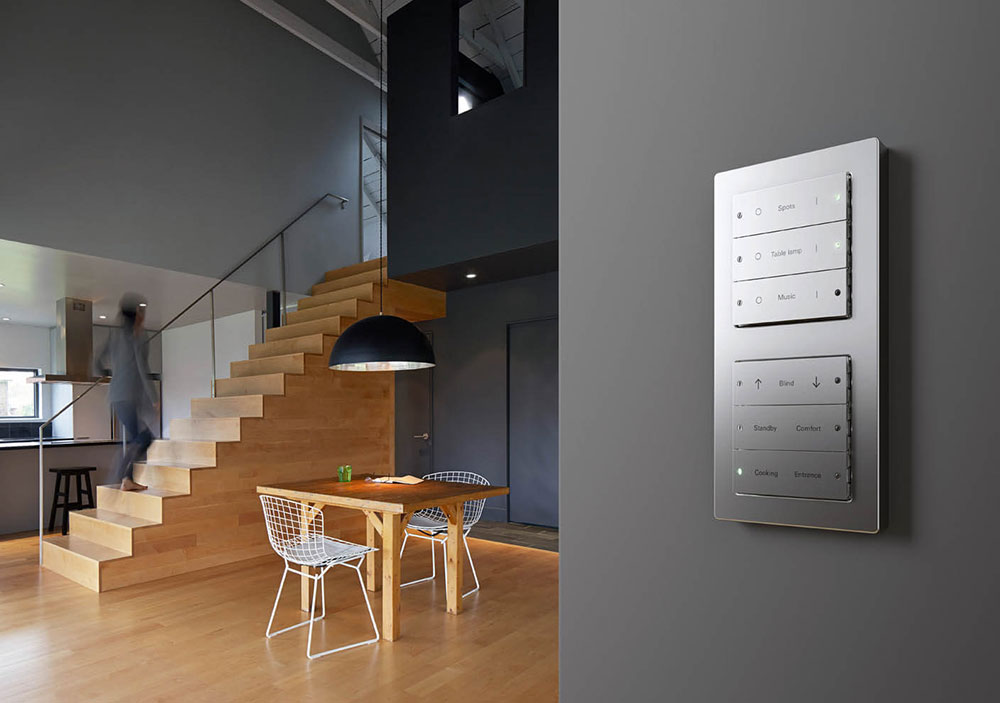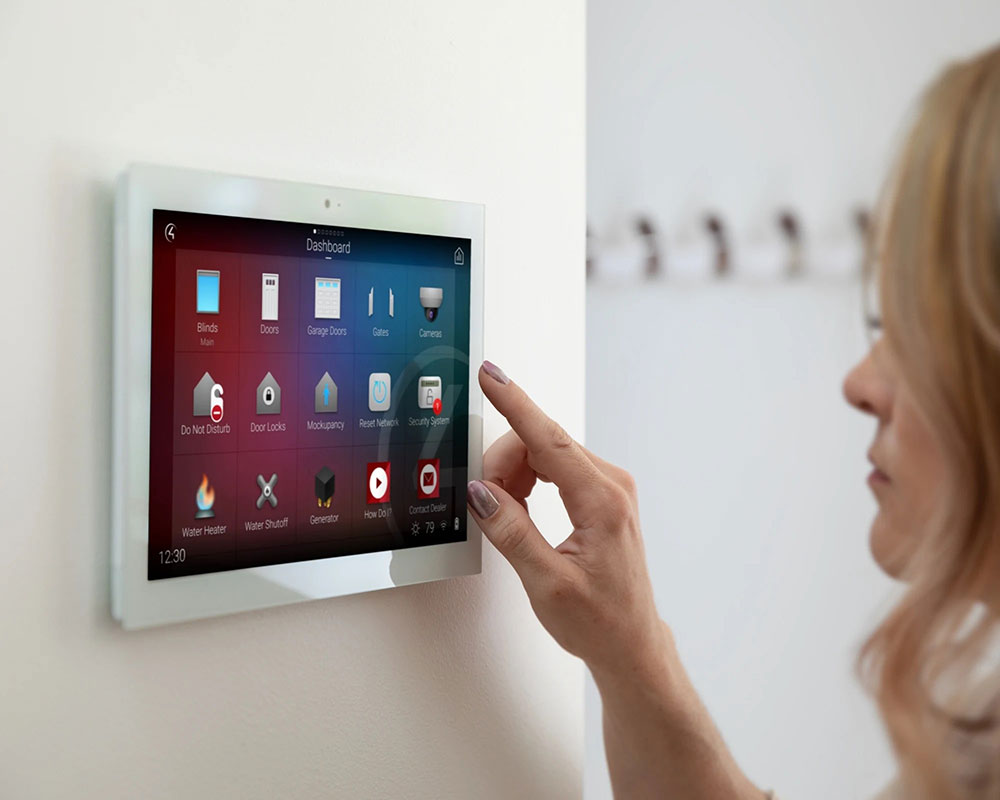Now a firmly established part of modern homes and design, smart functionality has come a long way since its first clumsy steps. That doesn’t mean that smart integration is always easy, however, with some major hurdles standing in the way of simple adoption. Understand these going in, and your odds of developing an effective smart home plan will be much improved, and you’ll leave yourself less open to stress and additional costs down the line.

Security
The biggest starting point for smart home integration is security. Depending on how you use smart functionality, improper security measures could leave you open to anything from lights not working correctly to hackers gaining control of cameras. The best practices here start with firewalls and regular scans of your networked devices, but the most common issue we’ve seen comes from guessed passwords.
As noted in an article by ExpressVPN, password resetting is extremely common, and it’s performed by more than half of US citizens at least once a month. This mainly occurs in banking and social media, but we’ve seen it often required in smart home networks too. To avoid the risks of frequent password reset, users should stop relying on their memory and start using encrypted password managers that can store and generate highly secure passwords whenever needed.
Incompatible Devices
With smart homes becoming so popular, it was only natural that many brands would enter the market. While competition can drive better product development, only some brands offer the full range of products or features that users need. This runs into issues with interoperability, where smart homes can lack the ability to talk to each other, which goes double if a service ever shuts down.
This last issue is not new, as The Verge states previous examples with Revolv, Iris, Insignia, and iHome. So far, the only reliable way to avoid this problem seems to be embracing open-source software like OpenHab, which has been developed for compatibility with many different brands and systems. This protects against brand failure and allows different systems to talk to each other to improve interoperability.

Network Access
The final challenge we’ve commonly seen arise with smart home systems is the issues that occur with network failure. While smart homes are unquestionably more convenient than manual systems, a reliance on technology and power means they’ll never be completely flawless. Too often we’ve seen people entirely reliant on smart tech left out in the rain when outages occur, sometimes literally.
Fortunately, this is also the easiest issue to address by keeping analog backups handy whenever possible. Whether a well-hidden key or an easy-to-reach hardware reset button, being prepared for the worst means you’ll never really experience the worst, which all savvy smart homeowners should keep in mind.
As our reliance on smart tech grows, the potential for technical issues and complications also expands. Keep in mind the points mentioned above, and you’ll be better suited to face whatever challenge arises. Most of all, remember that while this technology might require a fix now and then, the costs can still be well worth the investment for an easier life overall.

